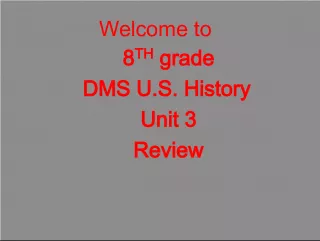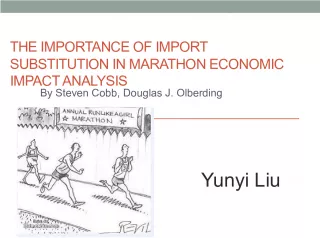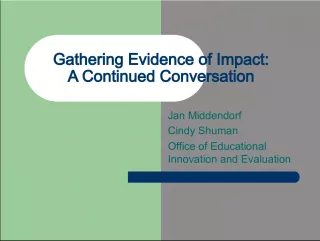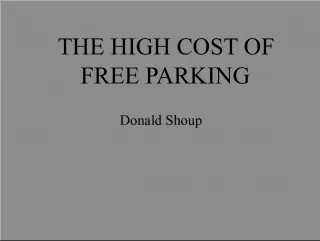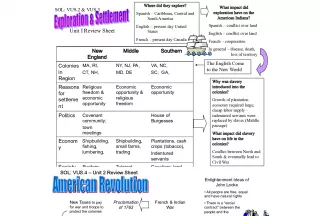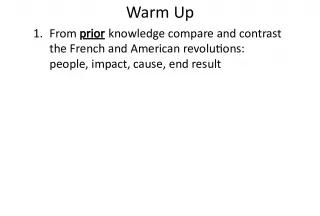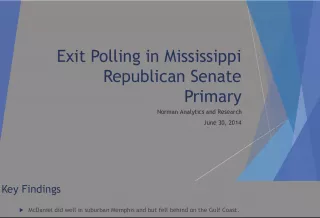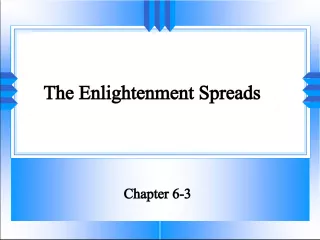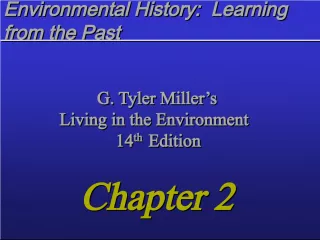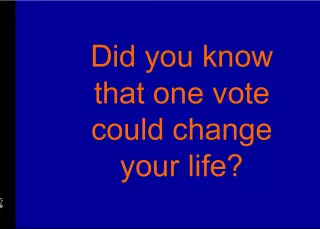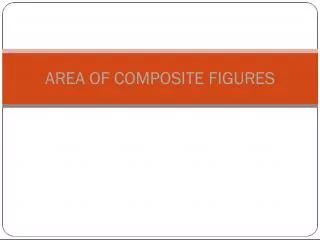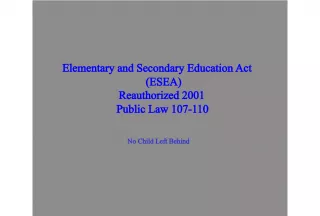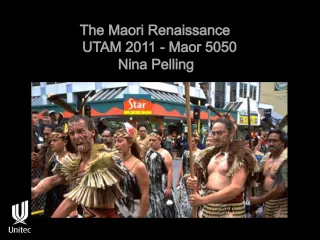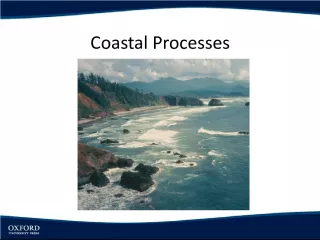The Emancipation Proclamation and its Impact
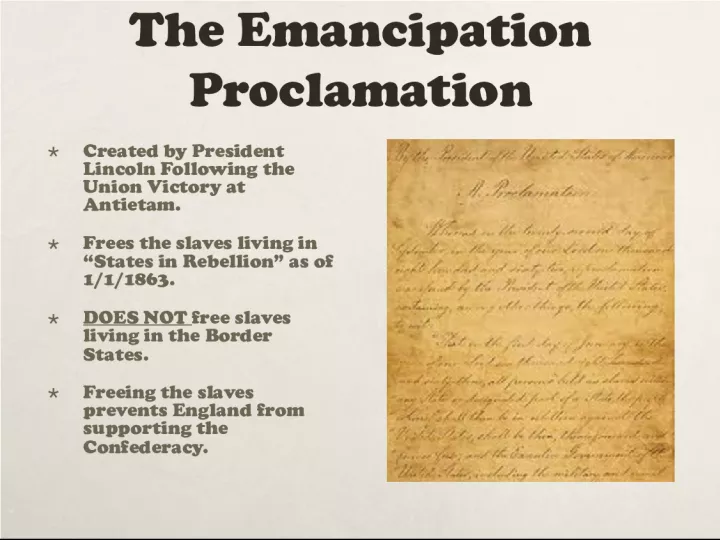

The Emancipation Proclamation was a historic document created by President Abraham Lincoln in 1863 following the Union victory at the Battle of Antietam. It declared that all slaves
- Uploaded on | 1 Views
-
 timmothy
timmothy
About The Emancipation Proclamation and its Impact
PowerPoint presentation about 'The Emancipation Proclamation and its Impact'. This presentation describes the topic on The Emancipation Proclamation was a historic document created by President Abraham Lincoln in 1863 following the Union victory at the Battle of Antietam. It declared that all slaves. The key topics included in this slideshow are . Download this presentation absolutely free.
Presentation Transcript
Slide2The EmancipationProclamation Created by President Lincoln Following the Union Victory at Antietam. Frees the slaves living in “States in Rebellion” as of 1/1/1863. DOES NOT free slaves living in the Border States. Freeing the slaves prevents England from supporting the Confederacy.
Slide3States Effected ByEmancipation
Slide4Copperheads(Peace Democrats) Northerners who were opposed to the war effort and against a war of Emancipation. Copperheads form an antiwar platform, and demand the Union settle the war with the Confederacy. Their leader is Clement C. Vallandingham, whom Lincoln had deported to the Confederacy.
Slide5African AmericanTroops Following the Battle of Antietam, Lincoln allows Free Blacks to enlist in the Union Army and Navy. These Men fought bravely in numerous battles, the most celebrated were the “Fighting 54 th of MA” Confederates say black soldiers caught fighting for the Union will be executed. Leads to Massacre at Fort Pillow on 4/12/1864
Slide6Lee’s Victory atChancellorsville May 1 st -4 th 1863, Lee defeats the Union Commander, “Fighting Joe” Hooker. Hooker loses 17,287 men out of 75,000. Lee loses his best General when “Stonewall” Jackson is accidently shot by his own man.
Slide7The Battle of Gettysburg Fought from July 1st-3rd, 1863. Union Commander: General Meade Confederate Commander: General Lee Lee’s last ditch effort to invade the North, attacking in Gettysburg, PA, to capture badly needed supplies such as shoes. Considered the “TURNING POINT” of war, Lee lost ½ of his army, 28,000 men. The Union lost 23,000 men
Slide9Grant’s Victory atVicksburg Grant captures Vicksburg, which is the “nail that holds the two halves of the Confederacy together.” Vicksburg was captured on 7/4/1863 Capturing Vicksburg gave complete control of the Mississippi to the Union. The Victory will cause Lincoln to name Grant the Head of the Union Army. Vicksburg would not celebrate the 4 th of July till 1944
Slide11The Draft: The Union In the Union, fewer and fewer men were volunteering for the Army. Congress passed the Federal Conscription Law, creating the “Draft”. Wealthy men could “buy” substitutes (poor immigrants) for $300.00. They were called, “$300 Dollar Men” “It’s a rich man’s war, but a poor man’s fight.”
Slide12New York CityDraft Riots Poor Irish Immigrants in New York resented having to fight the war to end slavery. The Irish hated competing for the worst jobs with freed blacks. Riots break out in New York City in 1863, and many blacks the rich are targets. The Army and Navy ended the bloodshed after 4 days, 7/13-7/16/1863.
Slide14The Draft:The Confederacy Originally if a farmer owned 20 or more slaves he was exempt from fighting. As the war progressed, the Confederate Government called men between the ages of 17-50 to serve. Eventually to gain support, Davis will emancipate any slave and his family who will fight for the South.
Slide15The Gettysburg Address Given by Lincoln as the Introductory Speaker for the National Cemetery at Gettysburg, PA. Given 11/19/1863 The entire speech is 272 words and was given in 2 minutes. Lincoln believed the speech was a failure.

